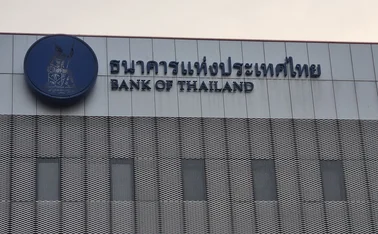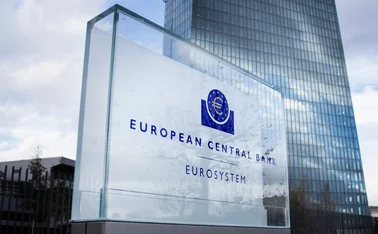
Three ways to bolster flawed AML/CFT in the EU
EU must address significant weaknesses if it wants to combat illicit money flows, write Panicos Demetriades and Radosveta Vassileva

A raft of major money-laundering scandals, including the controversy with Danske Bank’s Estonian subsidiary, have helped expose significant weaknesses in the European Union’s anti-money laundering and combating the financing of terrorism (AML/CFT) framework. It is by now widely accepted that these weaknesses emanate from: 1) variations in AML/CFT implementation and enforcement, which remains the responsibility of member states; and 2) inadequate co-ordination between AML/CFT bodies across member
Only users who have a paid subscription or are part of a corporate subscription are able to print or copy content.
To access these options, along with all other subscription benefits, please contact info@centralbanking.com or view our subscription options here: subscriptions.centralbanking.com/subscribe
You are currently unable to print this content. Please contact info@centralbanking.com to find out more.
You are currently unable to copy this content. Please contact info@centralbanking.com to find out more.
Copyright Infopro Digital Limited. All rights reserved.
As outlined in our terms and conditions, https://www.infopro-digital.com/terms-and-conditions/subscriptions/ (point 2.4), printing is limited to a single copy.
If you would like to purchase additional rights please email info@centralbanking.com test test test
Copyright Infopro Digital Limited. All rights reserved.
You may share this content using our article tools. As outlined in our terms and conditions, https://www.infopro-digital.com/terms-and-conditions/subscriptions/ (clause 2.4), an Authorised User may only make one copy of the materials for their own personal use. You must also comply with the restrictions in clause 2.5.
If you would like to purchase additional rights please email info@centralbanking.com test test test







